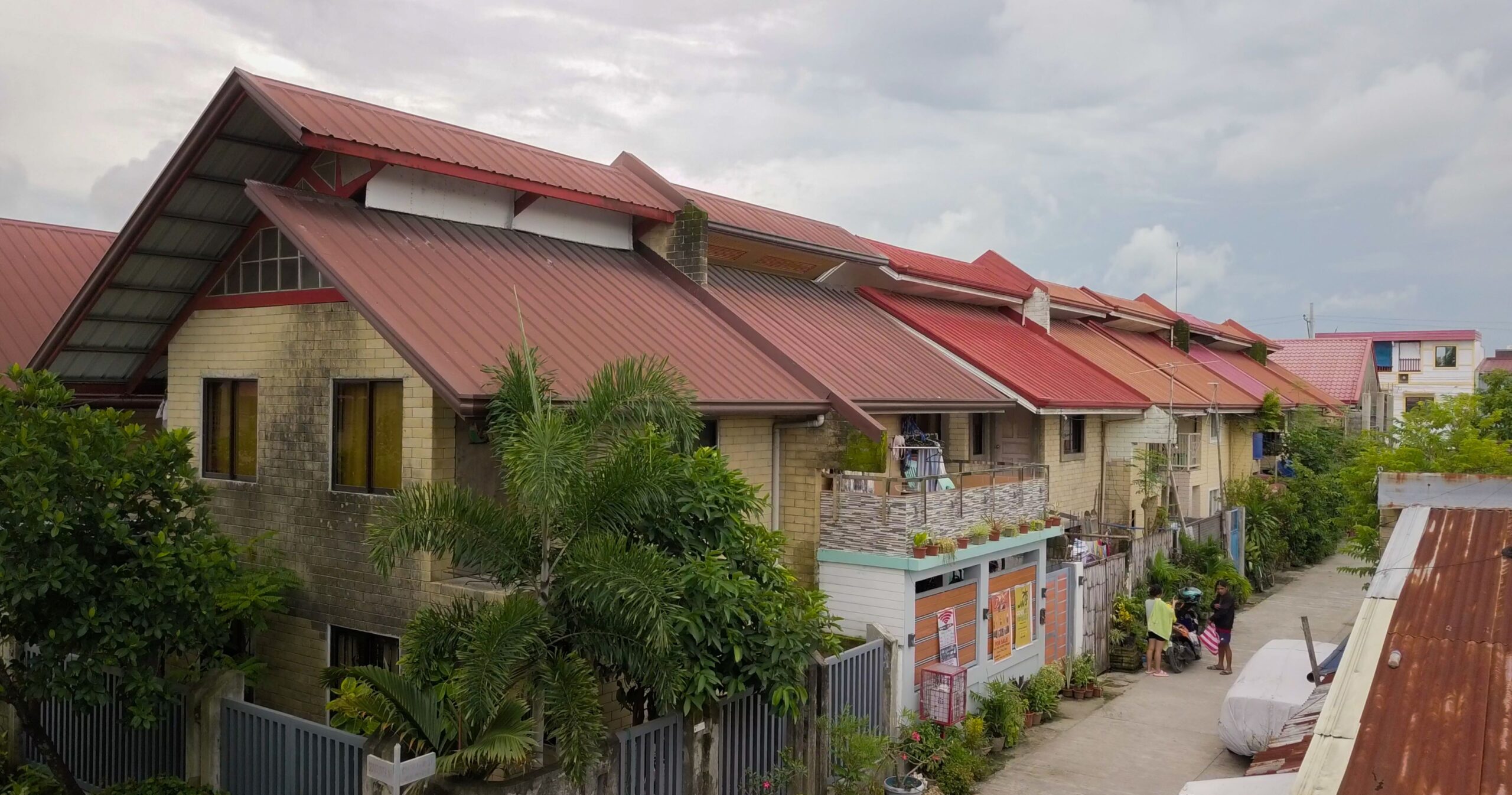
In the crowded slums of Zambia, Africa, members of the Zambia Youth Federation, a social movement of the urban poor, conducted climate change research and presented it in an emotional spoken word poem. Their message let policymakers know how climate change is impacting their lives:
“I woke up this morning and you wouldn’t believe what happened last night. I could hear cats and dogs barking and meowing and I almost woke up praying…and thinking maybe witches have entered our house…When I opened my eyes…half of my roof was already blown off by the harsh winds of the night. My bed was baptized in unforgiving rains and my sheets were soaked and wet. You should have seen my kitchen; it was floating spoons and plates.”
Their informal settlements are home to low-income and marginalized communities prone to landslides, sea-level rise and flooding as a result of climate change. Their experience is not unique.
One in three people living in cities globally — more than 1 billion people — do not have reliable, safe or affordable access to basic everyday necessities like decent housing, running water and sanitation, electricity, health care, or transportation to get to work or school. As the urban population is projected to increase by another 2.5 billion people by 2050, this “urban services divide” is not only a development challenge but a roadblock to climate action. Inadequate housing and lack of services exacerbate the impacts of extreme weather events, leading to increased damage, more lives lost and longer recovery times.
Why Climate Action Must Start with Housing
Housing has the most direct impact on people’s health and livelihoods. Equitable housing integrated with low-carbon and affordable key services like water, sanitation, energy and accessible transportation is critical to ensuring the least amount of harm from climate change and opportunities for a prosperous future for all. Yet housing is rarely discussed in international climate forums; and informal settlements (slums) located in developing and vulnerable countries are completely ignored.
In low-income countries, 64% of urban dwellers live in slums. By 2050, over 200 million climate migrants are expected to move to urban areas, who often settle in informal settlements, while seeking jobs.
Adequate housing and urban services may be a fiscal challenge, but it also provides opportunities for a just, climate-friendly transition that can help achieve sustainable development goals when done right.
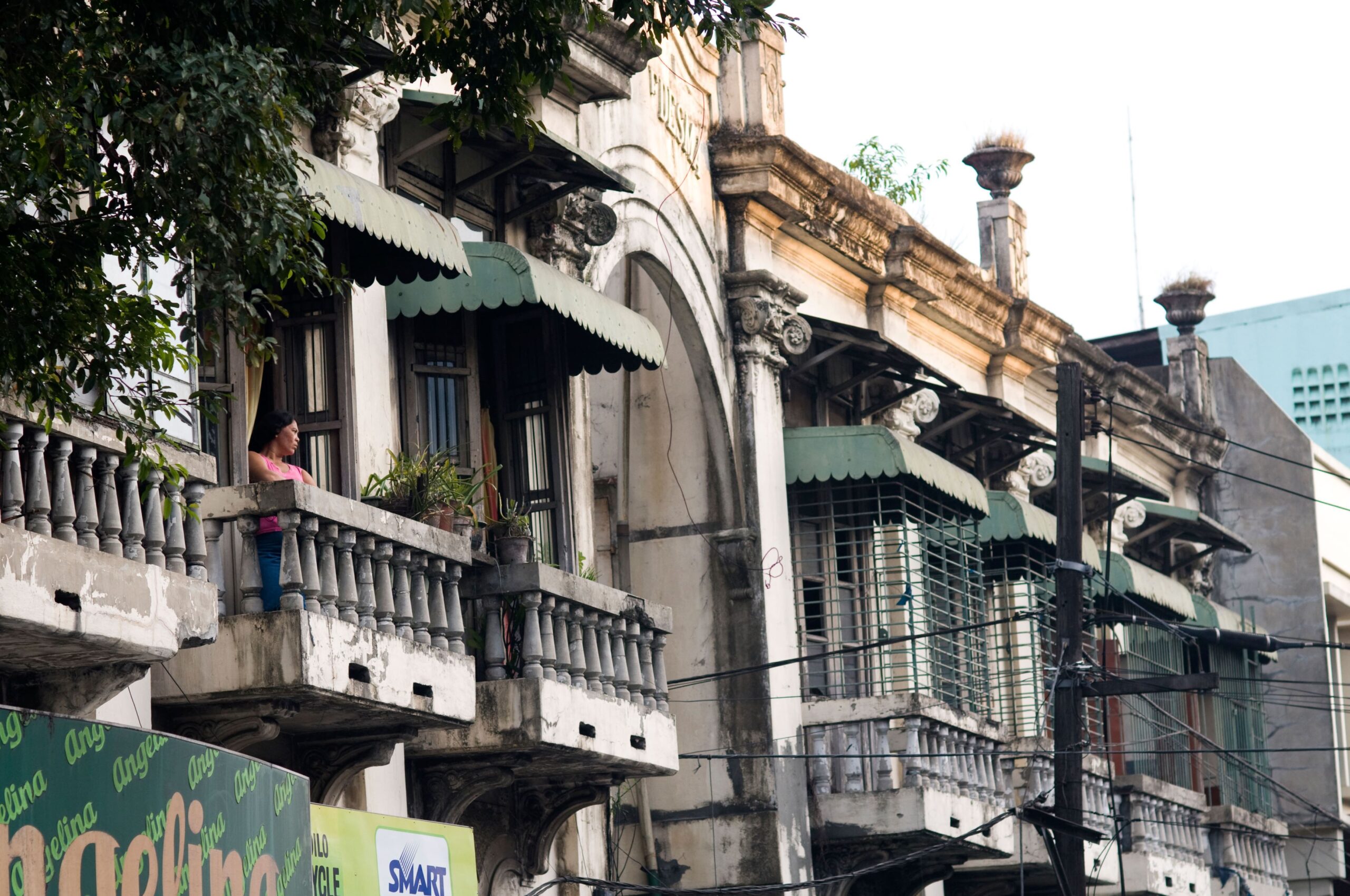
The 2023 UN Climate Change Conference (COP28) made strides in the right direction by setting the Loss and Damage Fund in motion, holding the first of its kind Local Climate Action Summit and hosting the first ever Health Day. Additionally, the first Buildings and Climate Global Form, held in March 2024, released a declaration, which acknowledges that climate change is impacting access to basic urban services and housing for those living in informal settlements. But this isn’t enough.
Disasters and extreme weather events that are increased by climate change can exacerbate existing vulnerabilities due to overcrowding, unsafe housing, inadequate infrastructure and poor healthcare facilities. At 1.5 degrees C (2.7 degrees F) warming, without adaptation, an additional 350 million people living in cities and urban areas will experience the effects of severe drought, including water scarcity. At 2 degrees C (3.6 degrees F) warming, that number grows to around 410 million. With climate impacts escalating every day, research shows we need transformative adaption policies in cities to reduce impacts on the most vulnerable communities.
Solutions are possible. WRI and its partners are working with communities through the REHOUSE (Resilient, Equitable Housing Opportunities and Urban Services) partnership to find scalable ways in which equitable housing and urban services make cities more climate resilient.
Here are four innovative approaches we learned by working with vulnerable communities throughout Asia and Africa:
1) Address Challenges Posed by Rapid Urbanization
Ninety percent of urban growth by 2050 is projected to occur in Asia and Africa, where vulnerability to climate risks is also the highest. Improving access to adequate housing and urban services can simultaneously address the compounded challenges of rapid urbanization, the urban services divide and vulnerability to climate risks. A participatory housing project in Iloilo City, Philippines, and a water access expansion project in Tanzania illustrate how to foster inclusive and climate-resilient development:
Participatory Housing and Urban Development in Iloilo City, Philippines
Iloilo City, Philippines, faces a multifaceted housing challenge due to rapid urbanization, informal settlements and susceptibility to floods and typhoons. The Homeless People’s Federation of the Philippines in collaboration with other civil society organizations and the government effectively provided housing development, relocation and disaster rehabilitation for nearly two-thirds of the city’s 27,000 urban poor families, without resorting to forced evictions or distant relocations.
The city government provided land within city limits, and community groups organized informal households — those who were often evicted and squatting — using innovative approaches. These included savings groups (voluntarily organized groups that combine their savings and then lend out money to pay for household expenses or for business investments) and participatory planning, which involves the entire community in the planning process. As a result, 1,250 households received new housing within the city, which provided greater access to employment opportunities, education and health care facilities. Iloilo City exemplifies an inclusive and collaborative approach by local and national governments and organizations.
Expanding Water Access in Tanzania
The residents of Sangara village in Tanzania faced a daily struggle to access clean water, with only eight hand water pumps available for a population of 2,000 people, out of which only six were operational. Since community members frequently needed to contribute to fixing them, there was not enough money to expand the water network. Habitat for Humanity, in collaboration with WaterAid Tanzania, UTT-MFI (a microfinance institution), eWATERpay and Babati District Council, initiated a project to bring reliable water access to Sangara.
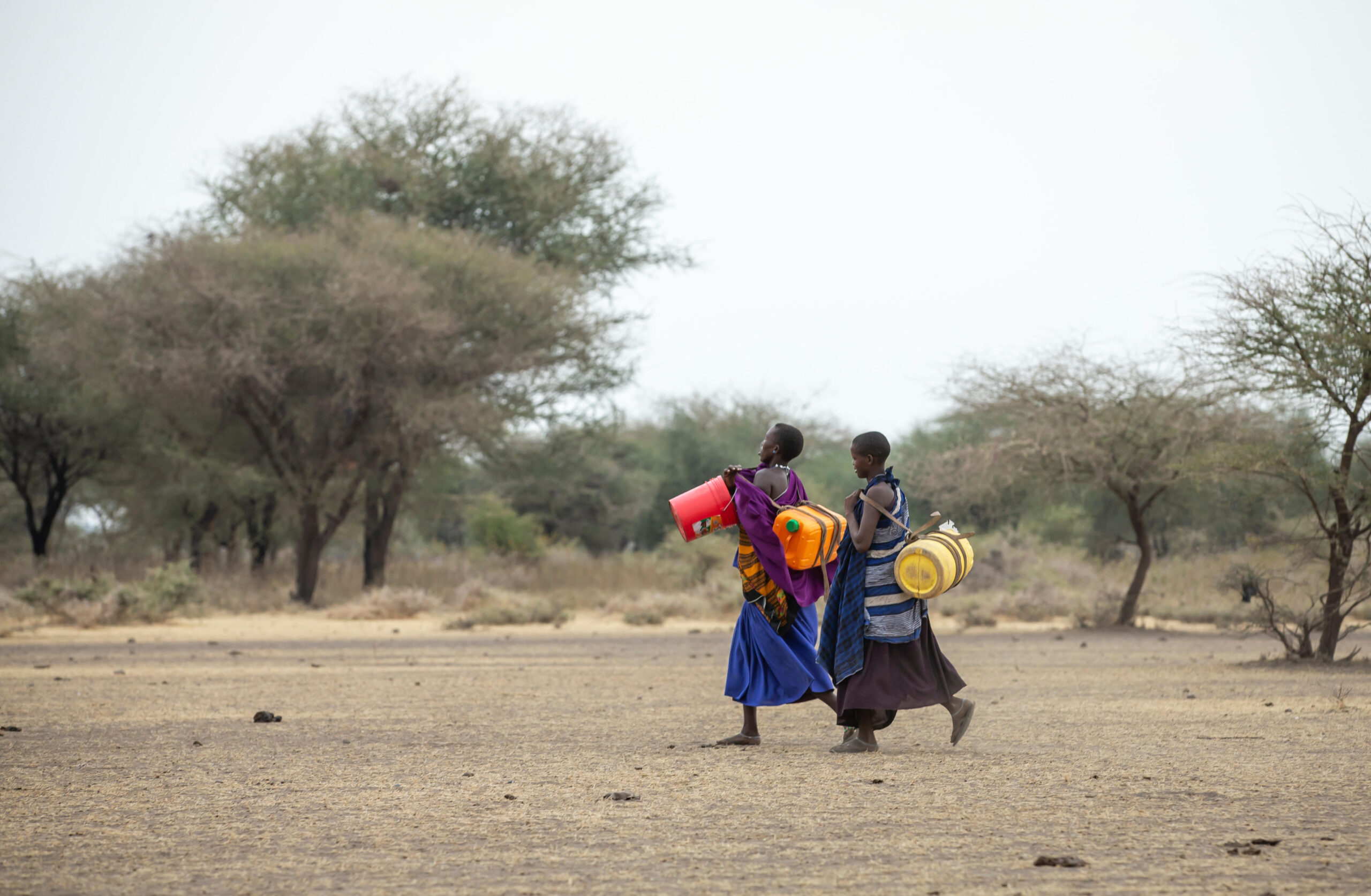
Innovative solutions, including a solar pumping system, prepaid meters and a loan model were introduced. The loan model allows income generated from water purchases to be reinvested in the community. Community members contribute 30 Tanzanian shillings ($0.01) per 20-liter bucket, and the generated revenue can be used for housing improvements or other infrastructure enhancements.
This approach addresses both the maintenance and creation of modern water sources, powered by solar technology through collaboration across sectors, involving the community, private businesses, government institutions and non-profit organizations. It saves time for residents who were walking hours to fetch water, allowing them to start small vegetable farms, speed up brick laying to build new houses and improve sanitation.
2) Reduce Vulnerability and Engage Communities in Disaster Preparedness
Building and retrofitting housing and infrastructure to be climate-resilient — as projects in Bangladesh have done — and engaging communities in disaster preparedness efforts — as a program in Indonesia did — can save money and lives as climate change intensifies natural disasters.
Innovative Resilient Practices in Bangladesh
Bangladesh’s distinctive geography of low-lying coastal plains and rivers, and its significant population density render it susceptible to major flooding from a shifting climate.
Connected infrastructure is vital for people to evacuate in the event of a flood, an urban development initiative by BRAC, an organization focused on people and poverty, collaborated across cities to construct 3.1 miles of roads and 118.9 miles of elevated sidewalks using sturdy materials at the highest flood level in low-income communities.
The program also provides drainage facilities and durable retaining walls. With 121 drains covering 11.7 miles, benefiting 35,290 households in 20 cities, the initiative safeguards against erosion, floods and liquid waste while maintaining proper water drainage gradients. BRAC also addressed the impact of cyclones by providing climate-resilient housing support, featuring elevated pedestals, sturdy roofs and robust construction materials to protect vulnerable families during extreme weather events.
Bangladesh is also investing in migrant-friendly climate-resilient towns and cities with the required housing, services and social infrastructure created through community participation, as part of its National Adaptation Plan.
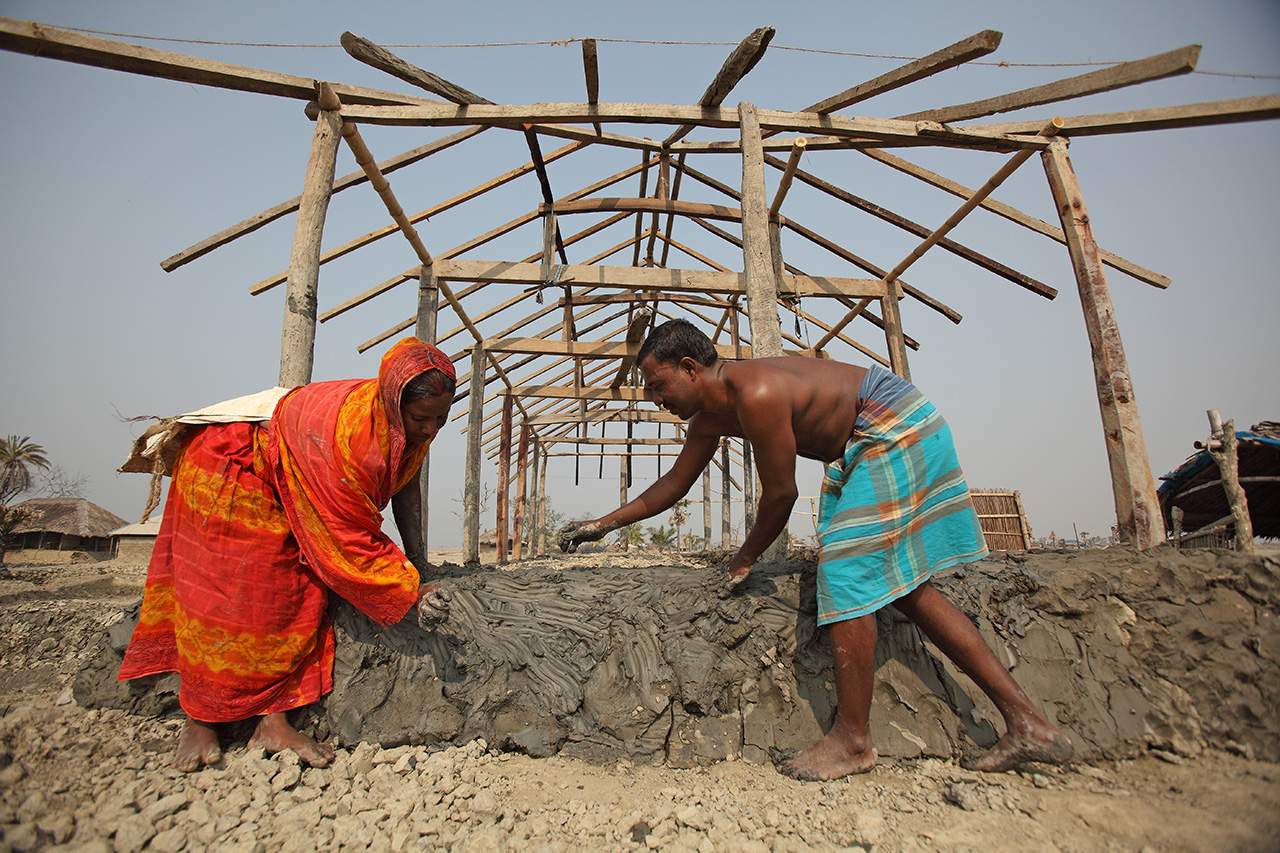
Disaster-Resilient Construction Practices in Indonesia
Earthquakes are responsible for a 50% mortality rate of all natural disasters annually in Indonesia, and impact more than 100,000 people each year. Much of this devastation is caused by substandard housing units that can’t stand up to the earthquakes as the homes were built with poor materials, are overcrowded or lack basic services. Approximately 20% of the country’s 64.1 million housing units are considered substandard, with around 70% of these units self-built and owned by low-income households.
After the 2016 earthquake in Aceh, Build Change conducted a 5-month project that was paired with government reconstruction subsidies to build timber-framed houses with masonry skirts that are designed to stand-up to earthquakes and other disasters. A builder training program for disaster-resistant construction practices and promotional campaign then engaged 155 affected villages, involving its leaders, government officials and religious leaders.
Religious leaders played a crucial role in spreading the message of building safer homes, supported by a sermon-writing competition on disaster risk mitigation. The government distributed design and construction guidelines to at least 2,300 homeowners, incorporating technical capacity for safer reconstruction.
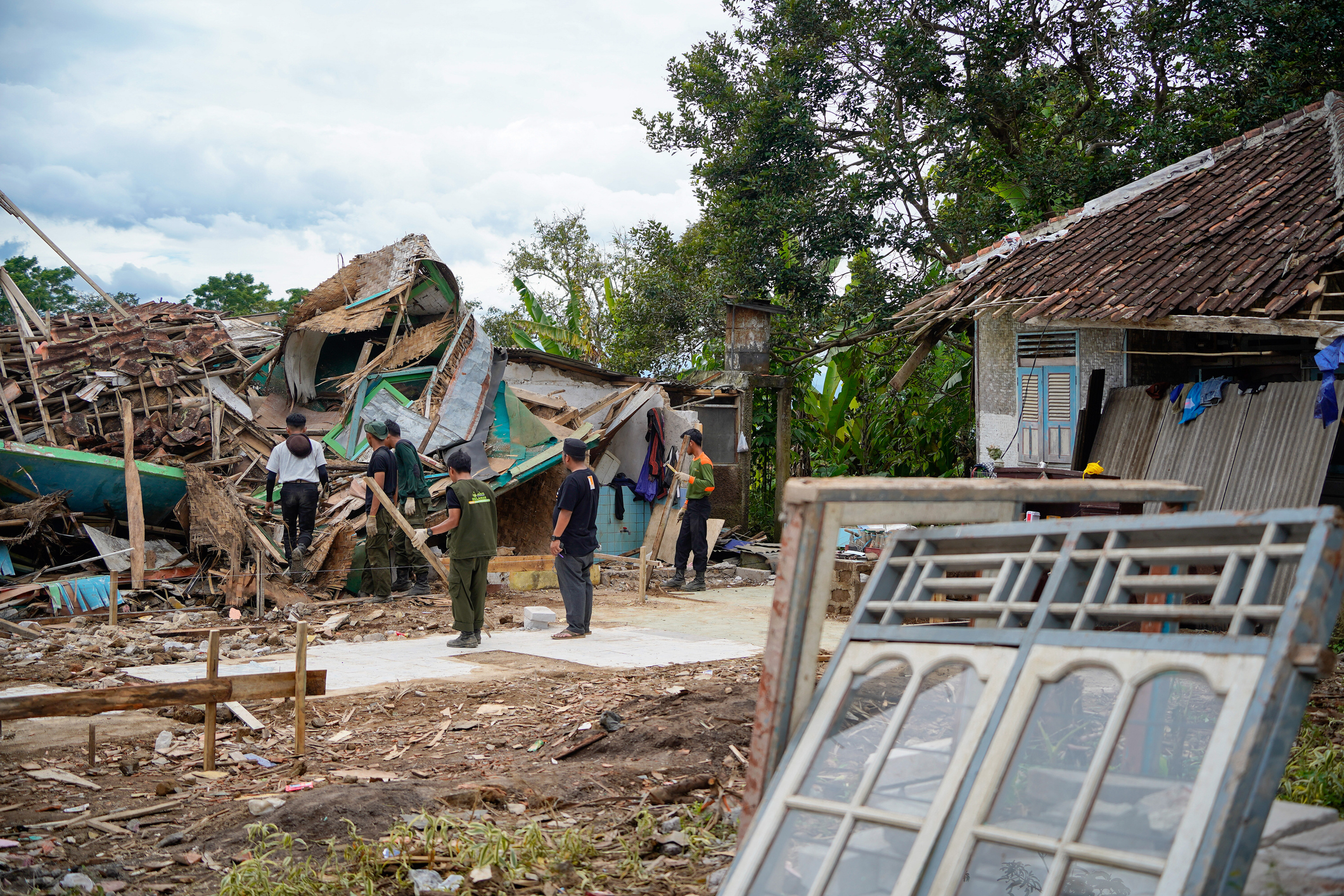
3) Implement Local Solutions for Increased Resilience to Heat and Floods
Excessive heat and increased flooding from worsening climate change will hit the urban poor the hardest, causing health, financial and water-related challenges. Local solutions addressing cooling and flooding already exist but need to be expanded. For example, in Ahmedabad, India, women community leaders who live in informal settlements are being trained on climate resilience measures to combat extreme heat, while in Surat, an early-warning alarm system was put into place.
Empowering Women Leaders in Ahmedabad, India
Women living in informal settlements are particularly affected by extreme heat, flooding and other climate impacts since their livelihoods are more dependent on work done at home. The Women’s Action Towards Climate Resilience for the Urban Poor project by Mahila Housing Trust (MHT) involves climate training for women community leaders (Vikasinis) in informal settlements to empower them to advocate for the specific needs of the slum communities and help create viable solutions.
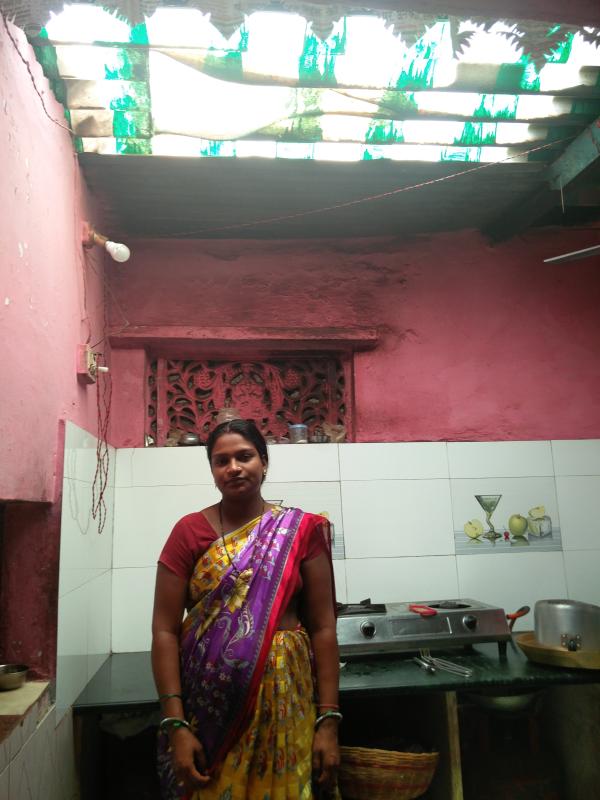
MHT’s sustainable cooling initiatives in Ahmedabad, Gujarat, also aim to address heat stress and high electricity costs in slums. Pilot solutions included replacing or refinishing roofs with solar-reflective white paint, green roofs, Airlite ventilation systems that enhance air circulation and reduces energy consumption, and ModRoofs, a modular roof made from cardboard and agricultural waste. Of all these solutions, the white solar-reflective paint proved most accessible for women in slums as this cost-effective solution shields against scorching temperatures, providing comfort to residents.
Many women painted their roofs and experienced an improvement in indoor temperature. MHT also aims to install 5,000 more cool ModRoofs roofs in India by 2026 and is collaborating with local authorities for broader initiatives. The success of MHT’s work led to its involvement in revising the Ahmedabad Heat Action Plan, which will help other cities implement similar programs.
Addressing Flooding in the City of Surat
Surat, a populous and economically thriving city on the Tapi River in south Gujarat, India, faces flood risks, exacerbated by high tides during the rainy season and emergency releases from the Ukai Dam. A comprehensive report conducted in Surat, as part of the Asian Cities Climate Change Resilience Network (ACCCRN) initiative, revealed higher vulnerabilities among lower-income groups. Approximately 71,000 households are susceptible to flooding (around half of which live within 50 meters of streams) and around 450,000 households are vulnerable to flooding from emergency releases from the Ukai dam.
To help residents, ACCCRN supported an early warning system in Surat that not only provides a 4-day advance warning against floods, but also supports vulnerable populations — many who don’t have phones — by including geo-tagging of all residential buildings, providing pre-monsoon updates to people who require special medical care during emergencies, aiding evacuation efforts and minimizing flood damage.
More than 20% of the city’s low-income households who live alongside creeks and rivers benefit from reduced risks due to more controlled releases from the dam and sufficient time to evacuate to safer locations.
There are also plans for a database of people who are vulnerable to flood risk and a community-managed bank that can provide disaster-relief resources, adapting building by-laws for the low-income settlements so the city can help make them more resilient. Other flood mitigation actions include clearing drainage and sewer systems, conducting emergency evacuation preparedness and regular drills. The city also plans to establish a data-assisted two-way information system for residential buildings, incorporating pre-monsoon updates for vulnerable groups.
4) Improve Access to Clean and Sustainable Energy through Community Participation
Housing is the integrator of many urban services such as energy, water and sanitation. Improving access to these services improves health, raises productivity and saves time and money. For example, in Africa, an energy program was designed to improve access to clean renewable energy through community participation.
Experiences From an Energy Justice Program in Africa
The Energy Justice Programme (EJP) and the Know Your City (KYC) data collection program, led by Slum Dwellers International (SDI) are helping to improve energy access within slum areas by engaging the community in energy planning. Lack of access to sustainable energy is a significant obstacle to slum development, and financial and practical barriers to extending the grid can often leave low-income communities without service for decades.
In the Mukuru Special Planning Area, Nairobi’s biggest slum upgradation project, Community Data Teams were formed by Mukuru residents — 70% of whom are women and youth — to gather information about demand and gaps in energy access. The information is then used to suggest better ways for people in Mukuru to obtain regular energy access in their homes including alternatives such as off-grid solar technologies.
In another project, SDI’s group savings and loan approach facilitated off-grid solar home systems in Zimbabwe and showcased a practical financing solution. Through community savings groups, households can secure loans to better afford expensive solar systems, with payments returning to the fund for new loans. The implementation plans also involve training community members as technicians to install, repair and maintain the solar systems.
Solar energy is also the focus of a project in the Ugandan cities of Kampala and Jinja, where solar streetlights were installed to reduce accidents and alleviate traffic congestion and air pollution. As a result, crime rates lowered, allowing marginalized groups, especially women, to reclaim public spaces at night. The nighttime economy improved with extended trading hours for businesses, potentially creating around 4,000 additional jobs in Kampala. In Jinja, the production of solar-powered streetlights, generated skilled and technical jobs, particularly benefiting vulnerable youth in slum areas.
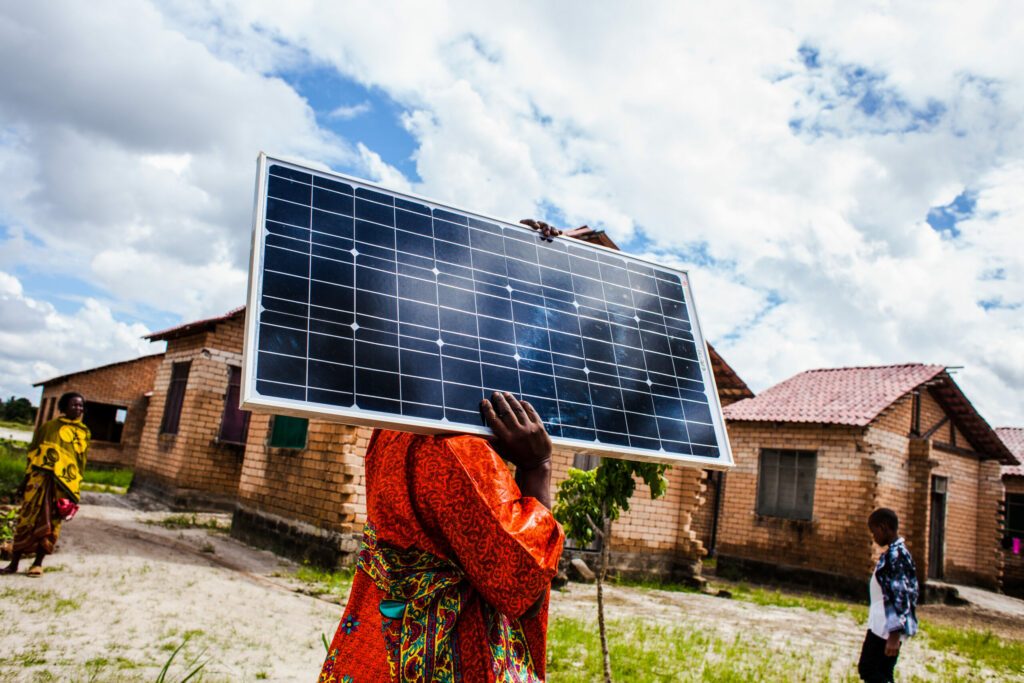
Scaling Solutions for More Climate-Resilient Housing
Housing is a crucial entry point to advance climate goals and sustainable development. It has the most direct impact on people’s lives and livelihoods, the ability to pull along other core urban services and can serve as the foundation for climate mitigation and adaption policies, programs and peer learning across cities and countries.
National and urban decision makers and stakeholders need to prioritize access to climate-resilient basic services and urban housing within informal settlements, positioning them prominently on the political, developmental and climate agendas.
The projects discussed in this article demonstrate how vulnerable communities, with the help of REHOUSE partners and other organizations, are already addressing the multifaceted challenges to make cities and communities climate resilient. But these solutions need to be scaled.
For more examples of successful scalable innovations from REHOUSE partners’ work and information on how to get involved, visit REHOUSE.org.
This article originally appeared on WRI’s Insights.
Smriti Singh is Research and Engagement Specialist for WRI Ross Center for Sustainable Cities.
Maeve Weston is Research and Engagement Specialist for WRI Ross Center for Sustainable Cities.








